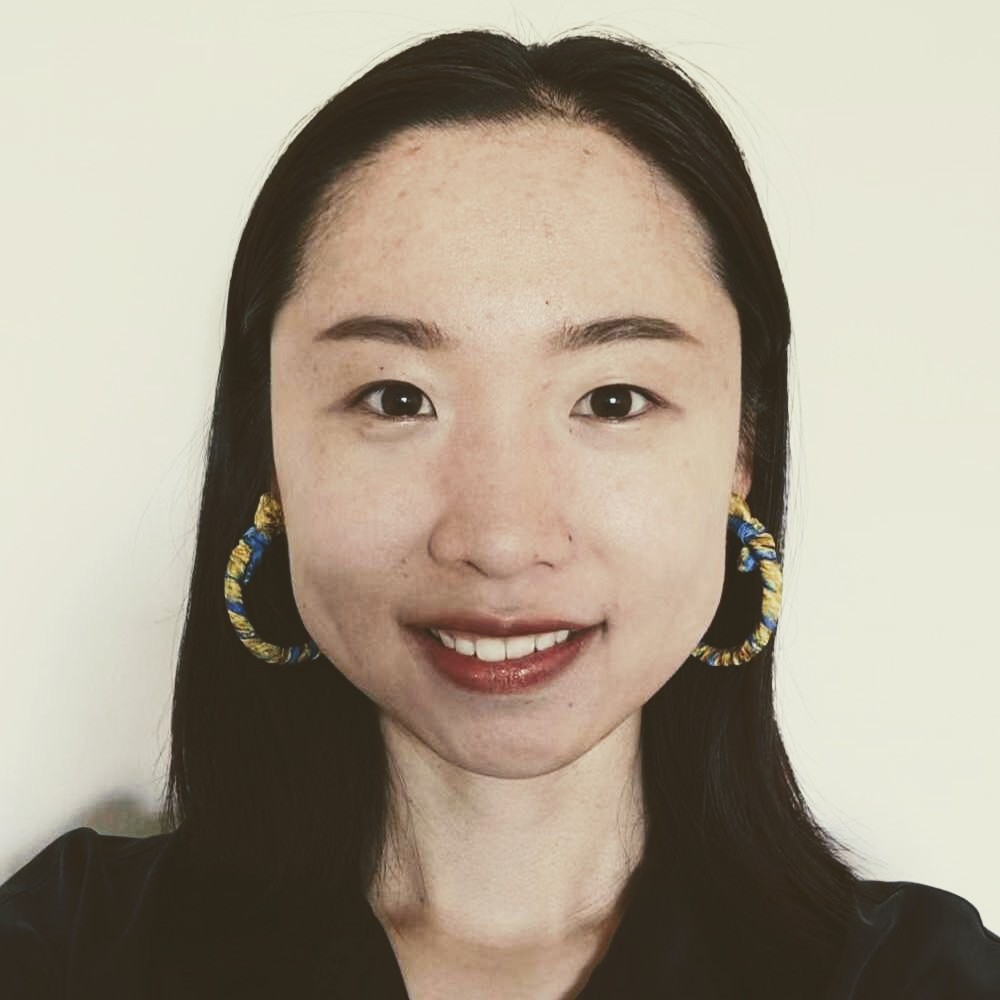Interpret limit sets
In the statistics textbooks or papers, one would encounter many theorems and problems that are studying the limiting behavior of a series of random variables. For example, suppose \(X, X_1,…,X_n,…\) are random variables defined on a probability space, a question often asked is, what is the probability of the event that \(\lim_{n}X_n = X\)? The event itself might look very abstract at first sight, but once we are able to write it as the unions or intersections of some simple events, it would become more understandable. In the post, I will introduce the limits superior set and limits inferior set as well as how to interpret them, and give an example on how to construct the almost sure convergence event using more basic sets. The post content is created based on the book Probability and Measure1
1. limits superior sets & limits inferior sets
For a sequence \(A_1, A_2, …\) of sets, define the limits superior set as
$$\lim \sup_n A_n =\bigcap_{n=1}^{\infty}\bigcup_{k=n}^{\infty}A_k=[A_n \ i.o.] $$
⭐ Interpretation: \(\omega\) lies in the set if and only if for each \(n\), there is some \(k\geq n\) for which \(\omega \in A_k\). In other words, \(\omega\) lies in the set if and only if it lies in infinitely many of the \(A_n\). Here \(i.o.\) indicates infinitely many.
Define the limits inferior set as
$$\lim \inf_n A_n =\bigcup_{n=1}^{\infty}\bigcap_{k=n}^{\infty}A_k $$
⭐ Interpretation: \(\omega\) lies in the set if and only if there is some \(n\) such that for all \(k\geq n\), \(\omega \in A_k\). In other words, \(\omega\) lies in the set if and only if it lies in all but finitely many of the \(A_n\).
🎯 Notice how the union is interpreted as some or exists, and how the intersection is interpreted as each or all.
It’s straightforward to check that \( \lim \inf_n A_n\) is a subset of \(\lim \sup_n A_n\). Since if \(\omega\) lies in all but finitely many of the \(A_n\), then of course it lies in infinitely many of them.
2. Example
Let’s go back to the example mentioned at the beginning, the event that \(\lim_{n}X_n = X\), denoted by \(A = [\lim_{n}X_n = X]\). If the probability of \(A\) equals to 1, then \(X_n\) converges to \(X\) almost surely. Based on the limitation definition, if \(\omega\) lies in \(A\), i.e. \(\lim_n X_n(\omega)=X(\omega)\), then for each positive \(\epsilon\), there exists an \(m\) such that \(|X_n(\omega)-X(\omega)|<\epsilon\) for all \(n\geq m\). Denote \(A_n=[|X_n(\omega)-X(\omega)|<\epsilon]\), the we can write
$$A = \bigcap_{\epsilon}\bigcup_{m=1}^{\infty}\bigcap_{n=m}^{\infty}A_n $$
where \(\epsilon\) can take values over the positive rational numbers in \((0,1)\) to avoid uncountable intersection.
🎯 Notice how we construct the union and intersection based on the descriptions on \(\epsilon, \ m, \ n\).
Sometimes it is convenient to solve problems by characterizing the complementary event. We can directly use De Morgan’s laws2 to write \(A^c = \bigcup_{\epsilon}\bigcap_{m=1}^{\infty}\bigcup_{n=m}^{\infty}A_n^c\). However, since we are practicing the limit sets, we will see how we can derive the complementary event of \(A\) using more basic sets.
Recall from the limitation definition, \(\omega\) lies in \(A^c\), i.e. \(X_n(\omega)\) fails to converge to \(X(\omega)\), if and only if there is some \(\epsilon\) such that for no \(m\) does \(|X_n(\omega)-X(\omega)|\) remain below \(\epsilon\) for all \(n\) exceeding \(m\). In other words, \(\omega\) lies in \(A^c\) if and only if for some \(\epsilon\), \(|X_n(\omega)-X(\omega)|\geq \epsilon\), i.e. \(A_n^c\), holds for infinitely many values of \(n\). Therefore, based on the above description, we can write
$$ A^c = \bigcup_{\epsilon}[A_n^c \ i.o.] = \bigcup_{\epsilon}\bigcap_{m=1}^{\infty}\bigcup_{n=m}^{\infty}A_n^c$$
which is exactly what we got when using the De Morgan’s laws.
3. Closing remark
The events involving limiting behavior can be intimidating sometimes, but I think one workaround is to rewrite them as the unions or intersections of simple events, which would require us to have a comprehensive understanding on the connection between descriptions like each, exists, all, some and the functions of unions and intersections.
